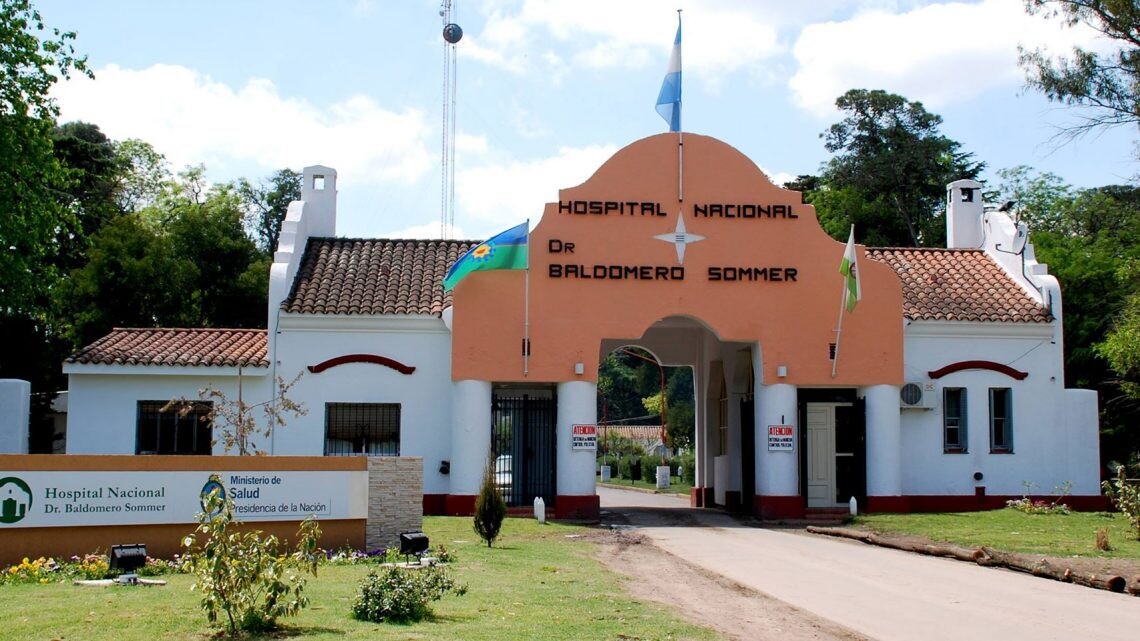
The inmates, leprosy patients, were legally prohibited from forming a family and having children. If someone became pregnant, their children were taken away and taken to the colony My Hope. At that time, it was difficult to find people willing to approach or work in a leper colony. However, some families from the nearby neighborhood, like the Andrade family and the old Pilar, played a fundamental role in caring for and supporting the patients.
"When you said leprosy, it was to plant fear," recalls Raúl Bello, who worked in the kitchen of the Sommer Sanatorium at that time. Over time, many families settled in the neighborhood to be close to their loved ones interned in the hospital. Despite the prohibition of the Aberastury Law, which prevented inmates from having children and forming families, strong ties arose between the hospital staff and the families of the patients.
Despite the difficulties and social stigma, some hospital staff developed close relationships with the "leprous families" and forged friendships with the patients. Many children of leprosy patients were separated from their parents but grew up in the neighborhood alongside other families. Over the years, bonds of friendship and solidarity were created among all the people involved.
Today, after the decentralization and closure of the leprosy colonies in several provinces, stories and memories of those times still exist. Despite attempts to erase this part of history, those who lived in that context continue to fondly remember those who were part of their lives at the Dr. Baldomero Sommer Sanatorium. The struggle to preserve the memory of what happened continues, despite obstacles and adversities.
Through the life stories of those who grew up near leprosy, the memory of an era marked by fear and discrimination remains alive. Despite the restrictions imposed by law and society, the solidarity and affection between neighbors, patients, and families endure in the memory of those who witnessed and were protagonists of those times at the Sommer Sanatorium.













